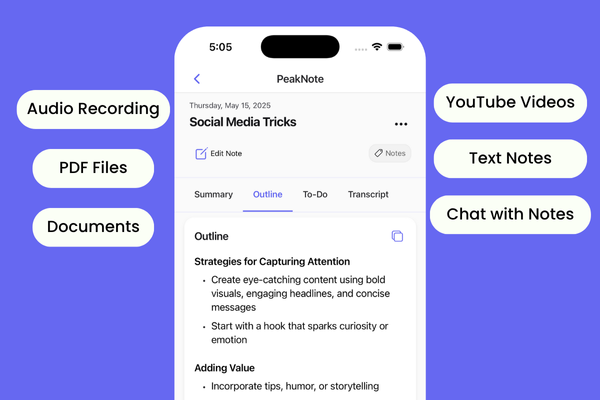In today's highly competitive digital world, creating an impressive portfolio website is crucial for any professional looking to showcase their talents and skills. With so many options available, your portfolio website serves as an essential tool for showcasing your talents and abilities to prospective clients and employers. However, creating a truly impressive portfolio website can be a daunting task, requiring a delicate balance of technical proficiency and design acumen.
To help you navigate the process, we've compiled a list of six tips to assist you in creating a portfolio website that is both visually stunning and functional. From choosing the right platform to curating your content, these tips will help you create a portfolio website that is sure to leave a lasting impression.
Showcase your best work
When creating your website portfolio, it's important to showcase your best work. This means selecting the projects that you are most proud of and that demonstrate your skills and expertise in the most effective way. For example, if you're a graphic designer looking to work on branding projects, make sure to include examples of your branding work in your portfolio.
Use high-quality images and videos
Images and videos are a great way to showcase your work and bring your portfolio to life. Make sure to use high-quality images and videos that are well-lit and in focus. This will help to ensure that your portfolio looks professional and polished. Avoid using small, low-resolution images that will make your portfolio look unprofessional.
Organize your portfolio in a logical way
When creating your website portfolio, it's important to organize it in a logical way. This means grouping similar projects together and using clear and concise headings to label each section. This will help to make it easy for visitors to navigate your portfolio and find the information they're looking for.
Include case studies and testimonials
Including case studies and testimonials in your website portfolio can help to build trust with potential clients or employers. Case studies are a great way to showcase the results of your work and demonstrate the value that you bring to a project. Testimonials, on the other hand, can help to build trust by providing social proof that others have been satisfied with your work.
Make it mobile-friendly
With more and more people accessing the internet on their mobile devices, it's important to make sure that your website portfolio is mobile-friendly. This means that it should be easy to navigate and read on a small screen. This can be achieved by using a responsive design that automatically adapts to the size of the screen.
Keep your portfolio up-to-date
Finally, it's important to keep your website portfolio up-to-date. This means adding new projects and case studies as you complete them and removing any older projects that are no longer relevant. Keeping your portfolio up-to-date will help to ensure that it always reflects your current skills and experience.
In conclusion, creating an impressive portfolio website requires a combination of clean and minimalistic design, high-quality images and videos, responsive design, detailed case studies, clear and concise language and utilizing social proof. Adhering to these tips will help you to create a website that is visually pleasing, easy to navigate and easy to read, and that demonstrates your skills and experience in the most effective way possible.

